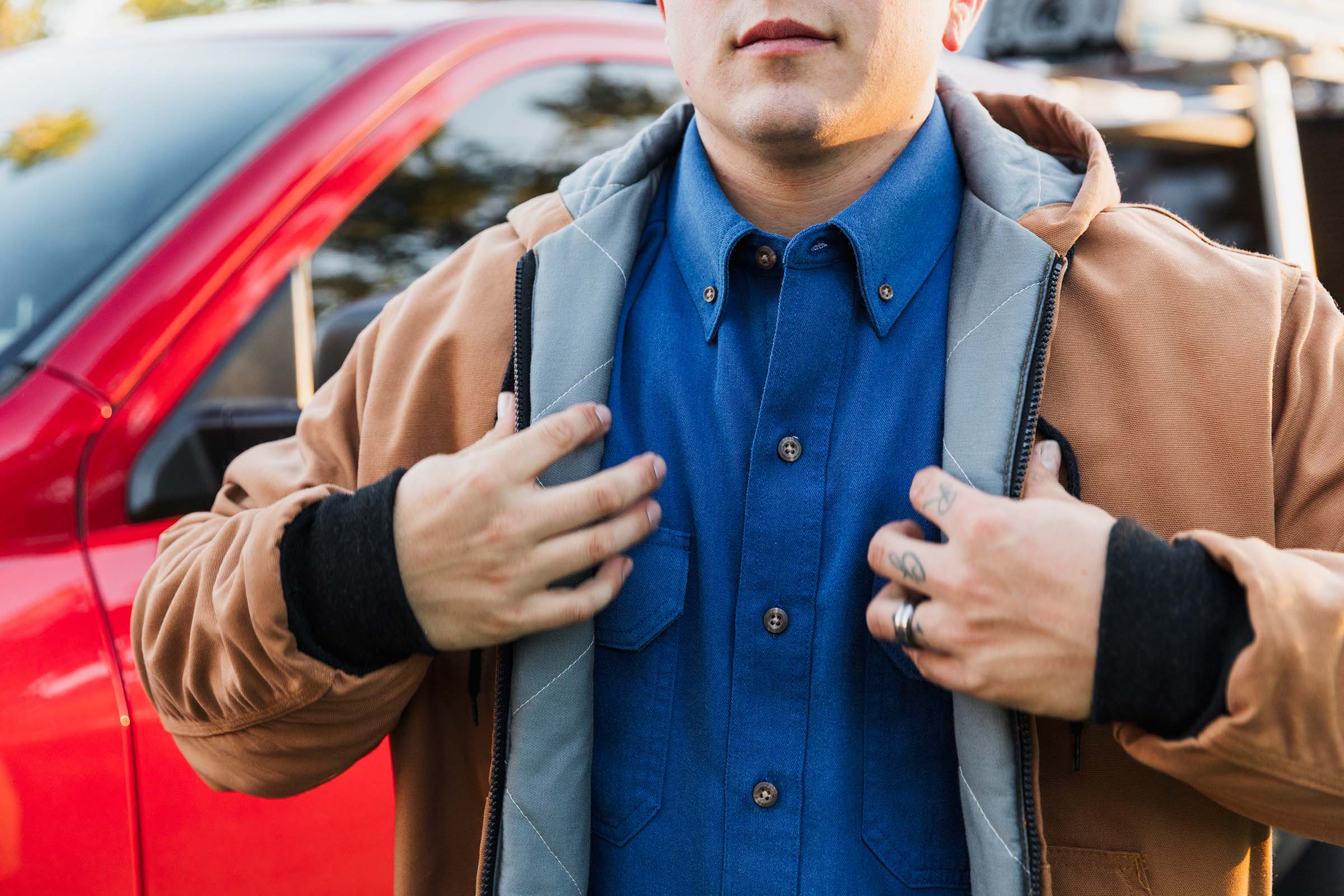Elevating Performance Standards: How Westex by Milliken is Raising the Bar on Testing Protocols
General 18 Nov 2019

Part of designing reputable protective fabrics is ensuring they provide certified, consistent results both in the lab and in the field—otherwise, end users may be at risk. Flame resistant (FR), arc-rated (AR) fabrics incorporated into personal protective equipment (PPE) act as a final layer of defense against hazards like arc flashes and flash fires, so these fabrics must perform. But how does a company like Westex by Milliken assess performance? We sat down with James Cliver, senior development engineer for Westex by Milliken, to learn more about how FR/AR fabrics are tested and why standard testing protocols are a crucial indicator of performance.
Westex by Milliken: What is your role at Westex by Milliken? James Cliver: My main role is overseeing global testing and the certification process for FR/AR fabrics. I work to understand the hazards end users may face while wearing our fabrics, then replicate those hazard conditions to see how our fabrics perform. I also make sure we adhere to the appropriate NFPA and ASTM standards during the testing process.
A little-known fact about my job: I travel to labs around the world to test our products and make sure they perform consistently no matter the lab. This field knowledge is helpful as I serve on various committees writing and updating FR testing method procedures.
WBM: What is the process of testing FR garments to determine their rating? JC: Each aspect of a garment—from the fabric to the closures to the design—must be tested to ensure they protect the wearer and are compliant to industry standards. Since most of a garment’s FR protection comes from the fabric, Westex by Milliken takes these tests very seriously.
To assess flash fire protection, we test our fabric against small-scale flames. We also dress a manikin in coveralls made from our fabric before engulfing it in flames to calculate a body burn percentage to compare with the standard requirement. To assess arc flash protection, we expose our fabrics to high-current, high-voltage arc flashes. Sensors behind the tested fabrics determine how much energy passes through the fabric, providing data to calculate the fabric’s ATPV. Because of the unpredictable nature of an arc flash, more than 20 fabric panel replicates are required to determine the arc rating for one fabric style.
WBM: Why is it important for FR textile manufacturers to understand and implement accurate testing protocols? JC: Industry standards are reviewed regularly to include the latest versions of test methods and updated guidelines for safer PPE. Manufacturers need to stay up to date on new standard editions, both to incorporate best practices in their testing methods and to provide the best products.
This is one reason why I am actively involved in standards committees with NFPA and ASTM International. An FR/AR garment protects wearers against life-threatening injuries, which is why we are so diligent in testing our products to ensure they meet or exceed relevant industry standards.
WBM: Is there a system of checks and balances to ensure testing information is accurate? JC: We perform regular testing on each lot, color, and finish of every Westex® fabric style, in addition to performing extended wash testing. Fabrics must pass these tests before being shipped to customers.
We also conduct periodic comparative testing between our internal labs and third-party labs to make sure protocols are producing consistent results across locations. Using an outside source to certify our fabrics is one of the main ways we check that our testing performance is consistent and accurate.
WBM: How has the FR testing process evolved over the course of your career? JC: Generally, the process has become much more sophisticated. Quality control is more intuitive, and test methods are widely understood. We now incorporate statistical analysis to better analyze our test results. These advancements have even helped us develop new, innovative fabric technologies. Additionally, our experience using different testing labs allowed us to understand variations in test results and maintain consistent testing methods in different facilities. The industry continuously works to improve standards to better protect workers.
WBM: How do Westex fabrics go above and beyond minimum industry standards? JC: Many industry standards require certain tests to take place only when the fabric is initially designed. While we do perform these initial tests, Westex by Milliken also conducts ongoing fabric tests to ensure consistent performance. We certify products to achieve relevant standards such as NFPA 2112, ASTM F1506, or ISO 11611. We also often go the extra step of testing our products at multiple laboratories to ensure performance.
In addition, we take into account the environmental and health ramifications of all our fabrics and hold several certificates to Oeko-Tex Standard 100 Class II, meaning these fabrics are safe to wear against the skin.
Developing fabrics that perform consistently in the lab and in the field is an important part of our work at Westex by Milliken. We pride ourselves on producing fabrics that incorporate our technical expertise to help keep end users protected in the face of arc flash and flash fire hazards.
